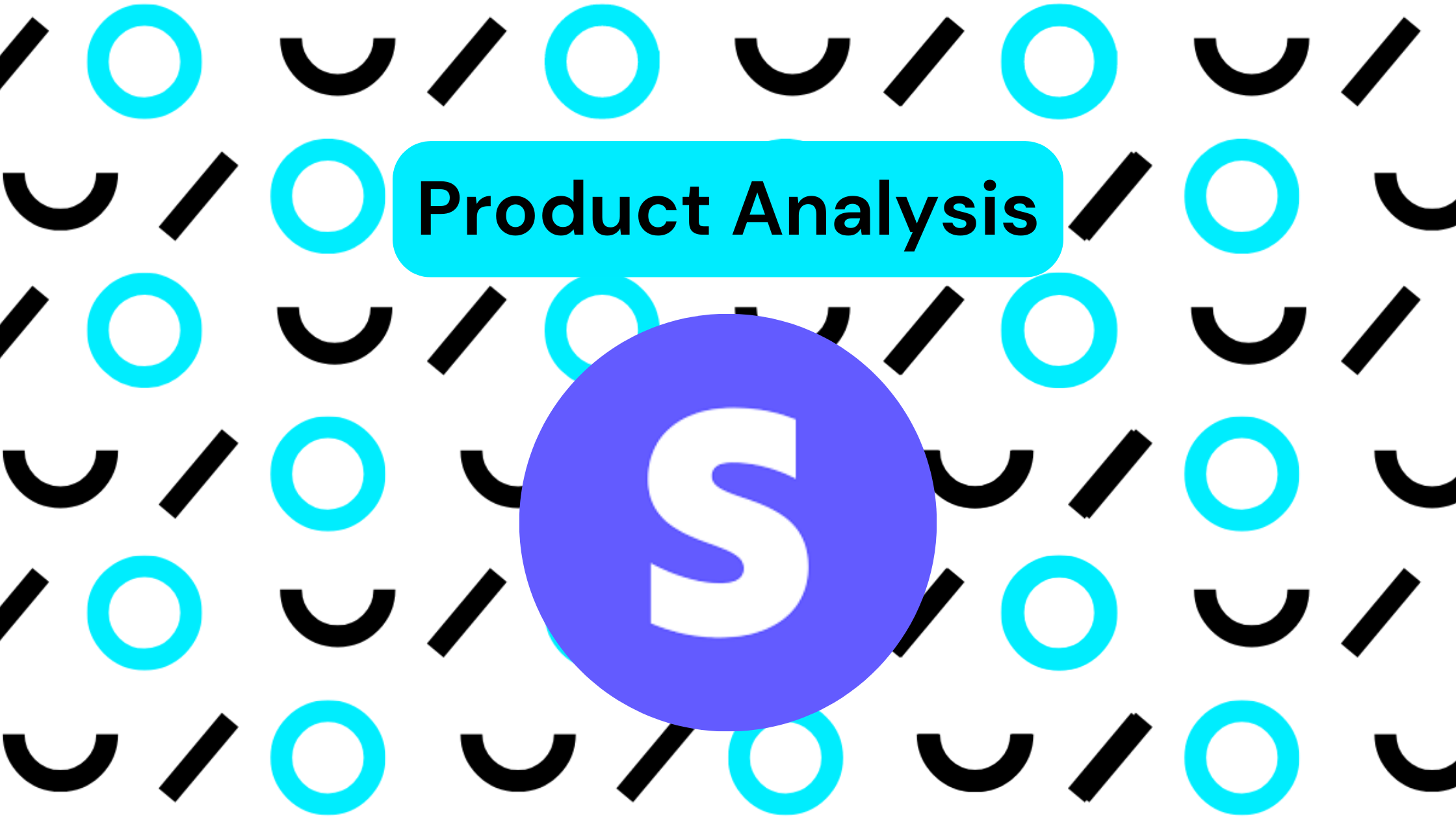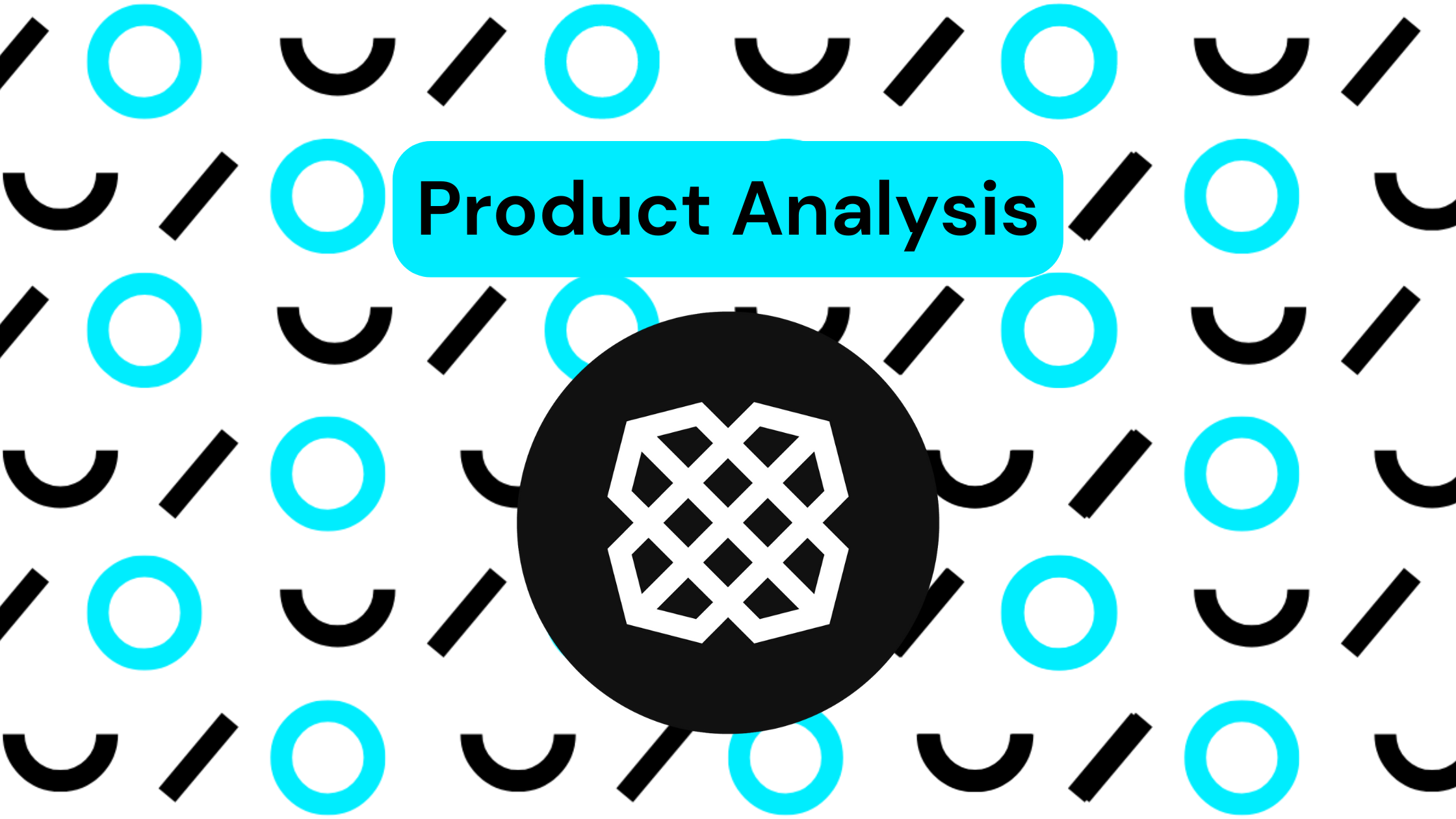In our seats at Amalgam, we’re fortunate to come across a lot of systems, work with them directly, and also get first hand opinions from our customers. In our Product Analysis series, we take a look at the systems our customers are using and provide the insights and perspectives to help navigate the complex landscape.
What is Sage Intacct?
As businesses grow, so do their financial management needs, and many find that QuickBooks Online can no longer keep up with the increasing complexity. And it can be difficult to switch to more extensive ERP solutions like NetSuite often come with significant costs and complexity that mid-sized companies may not require. Enter Sage Intacct, a logical choice for growing companies seeking scalability, flexibility, and enhanced financial insight.
Sage Intacct is a cloud-based financial management software for growing businesses offering robust accounting capabilities such as multi-entity consolidations, revenue recognition, and project accounting. Designed to provide real-time financial insights and automation, it is an ideal solution for finance teams seeking advanced reporting and scalability. Popular among mid-sized companies, enterprises, and non-profits in industries like technology, healthcare, professional services, and hospitality, Sage Intacct is often favored by CFOs, controllers, and finance professionals looking to automate processes and manage complex financial data. It serves as a replacement for traditional ERP systems and a step up from basic accounting software like QuickBooks.
Key Features
- Core Financials: General ledger, accounts payable, accounts receivable, and cash management.
- Multi-Entity & Global Consolidations: Manage multiple entities and currencies with ease.
- Real-Time Dashboards and Reports: Provides comprehensive financial reporting and customized reporting.
- Revenue Recognition: Automates complex revenue recognition processes in line with GAAP and IFRS standards.
- Project Accounting: Helps track financial data specific to projects, such as budgets, expenses, and billings.
- Time & Expense Management: Streamlines expense reports and timesheets.
- Integration Capabilities: Integrates with various third-party apps, including Salesforce, ADP, and Expensify.
Market Share and Users
Sage Intacct is recognized as a leader in cloud-based financial software for mid-sized organizations. As of recent estimates, its market share stands at about 6.65% based on its presence among around 4,500 companies, positioning it in the top five within the accounting software space. However, it remains behind leaders like QuickBooks, NetSuite, and Microsoft Dynamics. With thousands of customers globally, Sage Intacct continues to expand its user base, especially in industries that require in-depth financial analytics and scalable solutions, such as business services, healthcare, and non-profits.
Their recent approach to the market has amplified adoption across the accounting world. Intacct has been around since 1999 but has recently gained popularity due to its strategic go-to-market approach through the Sage Intacct Partner Program. This program enables a network of value-added resellers (VARs), accounting firms, and consultants to sell, implement, and support the platform. By offering comprehensive training, certification, and marketing resources, the program empowers partners to become trusted advisors to their clients, driving wider adoption of the software and adding value to clients while generating additional revenue streams. This strategy has significantly boosted Sage Intacct’s presence, particularly among mid-sized businesses seeking scalable financial solutions. However, it involves a commitment to maintaining expertise and providing support. The collaborative nature of the partner program has made Sage Intacct a preferred choice in the accounting and finance community, allowing the platform to grow its market share while delivering tailored services to a diverse range of industries.
Wins and Losses
Wins
- Strong financial reporting and analysis: The ability to generate detailed, customizable reports and dashboards.
- Scalability: It easily scales with business growth, as its multi-entity capabilities and flexibility allow companies to manage multiple business units or clients from a single system.
- Multi-Dimension: More detailed booking info; departments, teams, etc.
- Cloud-based flexibility: Secure remote access and system updates for reduced IT overhead.
- Integration options: The ability to connect with a wide range of third-party applications
- Usability: Once mastered, the platform offers significant advantages in terms of efficiency, automating various finance tasks like expense tracking, revenue recognition, and multi-entity consolidations.
Losses
- Steeper learning curve: Advanced features that can overwhelm new users, especially those transitioning from simpler software. Learning Sage Intacct from scratch may require a steep learning curve, with some organizations needing dedicated training for their teams to leverage its capabilities fully.
- Cost: Pricing can be higher than other mid-market accounting solutions, especially for businesses with complex requirements. Fees are typically based on a per-user, per-module, or per-connection basis, which can add up for larger teams or organizations needing extensive integration capabilities.
- Customization limitations: Some users report that while the software offers flexibility, certain customizations require advanced technical support.
- Overhead: It’s a much larger system than whatever users are likely graduating. It requires more system management and a much larger budget – usually more than 10 times the cost of QBO or Xero.
What Amalgam Customers Say
- Customer 1:
Intacct takes way more time to “administer” for a small business. So it’s more complicated than a QBO and it’s accounting driven rather than cash driven (like QBO) or business driven (like Netsuite). It has way more advanced reporting and lots of integrations. You have more ability to control who accesses which part of the system and can do large complicated journal entries.
- Customer 2:
Intacct was great for its customization and controls, but users definitely need training for the software. Inexperienced people cannot just pick up the tool and start running. Adopters should expect to spend time and money to train their staff and implement the solution.
Our Recommendation
We recommend Sage Intacct for mid-sized businesses and growing enterprises that need a scalable, cloud-based financial management solution with advanced reporting and automation capabilities.
Choose Sage Intacct if you have:
- Multi-entity or international operations
- Complex reporting requirements for deeper financial insights
- An eight-figure revenue base and expect rapid growth
With these needs in mind, Sage Intacct provides advanced reporting, automation, and scalability without the heavy complexity of a full ERP system.
Consider an ERP like NetSuite (or similar) if you need:
- A large-scale accounting system with built-in inventory management or other resourcing functionality required by other parts of the business
- More extensive functionality than typical mid-market solutions can handle
NetSuite’s comprehensive ERP system is better suited for large enterprises with extensive operational and inventory requirements.
Stick with QuickBooks Online (or similar) if:
- Your business is still growing and doesn’t need extensive multi-entity or advanced reporting
- You can’t take on the additional administrative burden of a larger system
- You want to streamline existing processes without moving to a larger system yet
For businesses still in the growth stage, QuickBooks Online paired with add-ons like Amalgam for automation can save time, reduce costs, and optimize functionality.
In summary, we recommend Sage Intacct for mid-sized growing enterprises that have increasing requirements around reporting, entity complexity, or international considerations. This will come at additional expense and administrative burden but it’s the logical choice as businesses grow out of the more straightforward accounting tools like QuickBooks or Xero.




